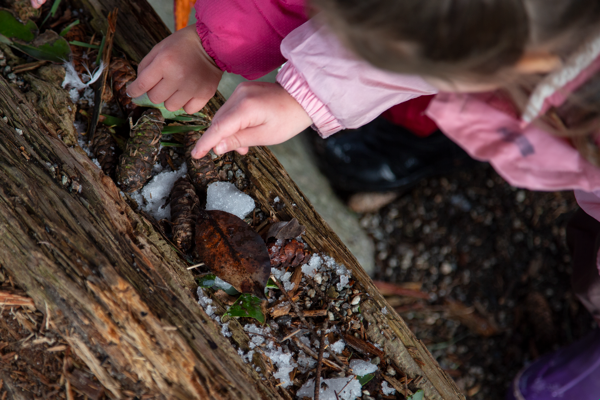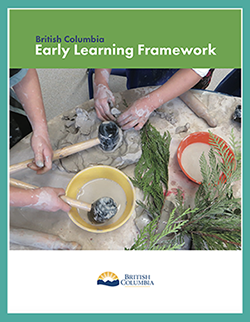
Module 6: Living Inquiries – Identities, Social Responsibility, and Diversity
Interrelationship of Humans and Their Natural Environments
Educators and children recognize that humans and the natural world are connected and dependent on each other. They begin to reimagine learning methods (pedagogies) to respond to our environmental crisis.
Critically Reflective Questions
Case Study: Interrelationship of humans and their natural environments
A Grade 2 class are learning about Indigenous culture and experiences by reading the story Sometimes I Feel Like A Fox by Danielle Daniel. In this story, twelve young speakers explain how they identify with a totem animal from the Anishinaabe tradition. Each child wearing an animal mask and repeating the phrase, “Sometimes I feel like [insert animal],” declares how they share the traits associated with that animal. For example, a bear equals protectiveness. When they finish the story, the children engage in making an animal mask of the animal/trait they feel they connect with the most.
Reflective Questions
How might you explore Indigenous culture through literature?
What stories do children have of land, place, and the creatures and forms within it?

